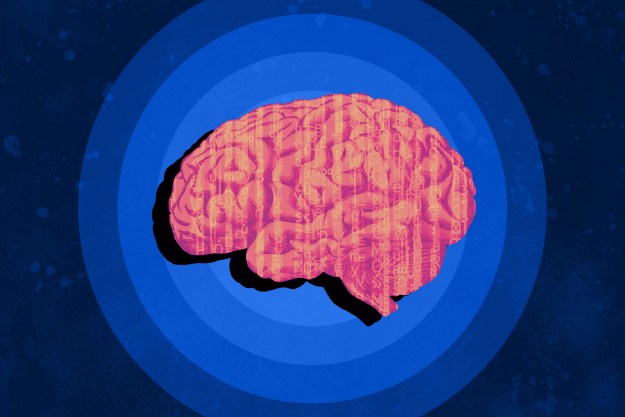–
Deep-learning A.I. is the machine learning technology that powers everything from cutting-edge natural language processing to machine vision tools. It may also be powering climate change — as a result of the massive energy consumption and CO2 emissions associated with training these deep-learning models. As the use of deep learning has exploded, so has the compute power associated with them, although this effect is rarely studied.
Researchers at the University of Copenhagen’s Department of Computer Science are working to change that, however. They’ve developed a tool called Carbontracker, which works out the energy consumption associated with deep-learning algorithms and then converts this into a prediction about CO2 emissions.
“[Carbontracker] is implemented as a package, or extension, for the popular programming language Python, where the majority of machine learning takes place,” Benjamin Kanding, one of the researchers who worked on the project, told Digital Trends. “The way [it] works is that, during model training, it periodically measures the energy consumption of the hardware on which the model is trained and queries the live local carbon intensity — the CO2 emitted by electricity consumption — in the training region. These numbers are then combined to give an estimate of the total carbon footprint of model training and development.”
The A.I. tools we rely on
The amount of energy used by some of the tools on which we rely on a daily basis is pretty terrifying. For instance, a 2019 study by researchers at the U.K.’s University of Bristol suggested that YouTube videos carry a carbon footprint of around 10 million tons of CO2 equivalent each year. They suggested that carrying out some relatively minor code tweaks could save 100,000 to 500,000 tons of CO2 equivalent every year.
In the case of Carbontracker, Kanding said that the aim is not to point to specific models and claim they are “ruining the environment.” Instead, it’s an attempt to raise awareness about the impact of compute-intensive research and to promote the development of energy-efficient deep neural networks and “responsible computing.” This could hopefully lead to the reduction of carbon footprints associated with the training and development of deep-learning models. (One possible immediate-term solution would be to make sure training is carried out at data centers powered by green energy.)
However, the researchers do give some indication of just how significant the environmental impact of certain A.I. tools can be. For example, a single training session for the ultra-advanced deep-learning language model GPT-3 repotedly consumes the equivalent energy of 126 homes in the researchers’ native Denmark. It also spits out the same CO2 quantity as almost 44,000 miles of driving in a car.
Lasse F. Wolff Anthony, another researcher on the project, said that there are no current plans to make Carbontracker available in the form of a plug-in for coders. “The current goals for Carbontracker is to improve the tool in Python by making it more lightweight [and] easier to use, and to extend its capabilities by supporting a larger variety of hardware and more regions for querying the live carbon intensity,” Anthony said.
The project is open-source, and the researchers say they “actively encourage” contributions from anyone who wants to get involved.
Editors' Recommendations
- How Nintendo could use A.I. to bring 4K gaming to the Switch Pro
- Clever new A.I. system promises to train your dog while you’re away from home
- This basic human skill is the next major milestone for A.I.
- Smart camouflage patch could conceal fighter jets from A.I. recognition tools
- This clever new A.I. assistant will screen and block robocallers for you


